[17 March] Happy National Day Ireland!
 •
by
•
by VampireA
General information
Population : 4.7milion people (123rd in the World,28th in Europe)
Total Area : 70,273 km^2 (118th in the World,23rd in Europe)
Official languages : Irish, English
Official currency : Euro(EUR)
Capital : Dublin
Population density : 67 people/km^2 (142nd in the World,41st in Europe)
Top 5 biggest cities : Dublin, Cork, Limerick, Galway, Waterford
Ireland is a parliamentary, representative democratic republic and a member state of the European Union. While the head of state is the popularly elected President of Ireland, it is a largely ceremonial position with real political power being vested in the indirectly elected Taoiseach (leader of government) who is the head of the government.
Executive power is exercised by the government which consists of no more than 15 cabinet ministers, inclusive of the Taoiseach and Tánaiste (deputy leader of government). Legislative power is vested in the Oireachtas, the bicameral national parliament, which consists of Dáil Éireann, Seanad Éireann and the President of Ireland. The judiciary is independent of the executive and the legislature. The head of the judiciary is the Chief Justice who presides over the Supreme Court.
The Local Government Reform Act 2014 provides for a system of thirty-one local authorities - twenty-six county councils, two city and county councils and three city councils. Below this (with the exception of the Dublin Region and the three city councils) are municipal districts, replacing a previous system of town councils.
The twenty-six traditional counties of Ireland are not always coterminous with administrative divisions although they are generally used as a geographical frame of reference by the population of Ireland.
For all intents and purposes, it is easier to divide the island of Ireland into its 4 historic regions: Connacht, Munster, Leinster and Ulster. The historic region of Ulster contains 3 counties of the Republic of Ireland plus the entire country of Northern Ireland, which is part of the United Kingdom.


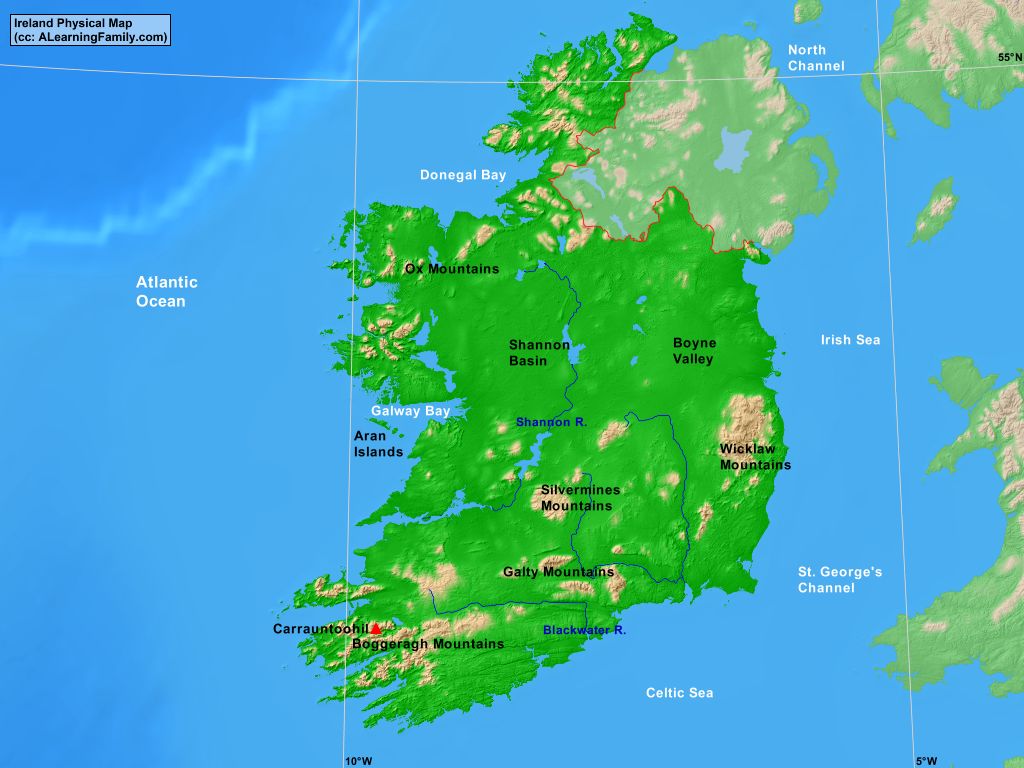
National sport : Gaelic football

Hurling

Rugby

National animals : Irish wolfhound

Northern lapwing(Vanellus vanellus)
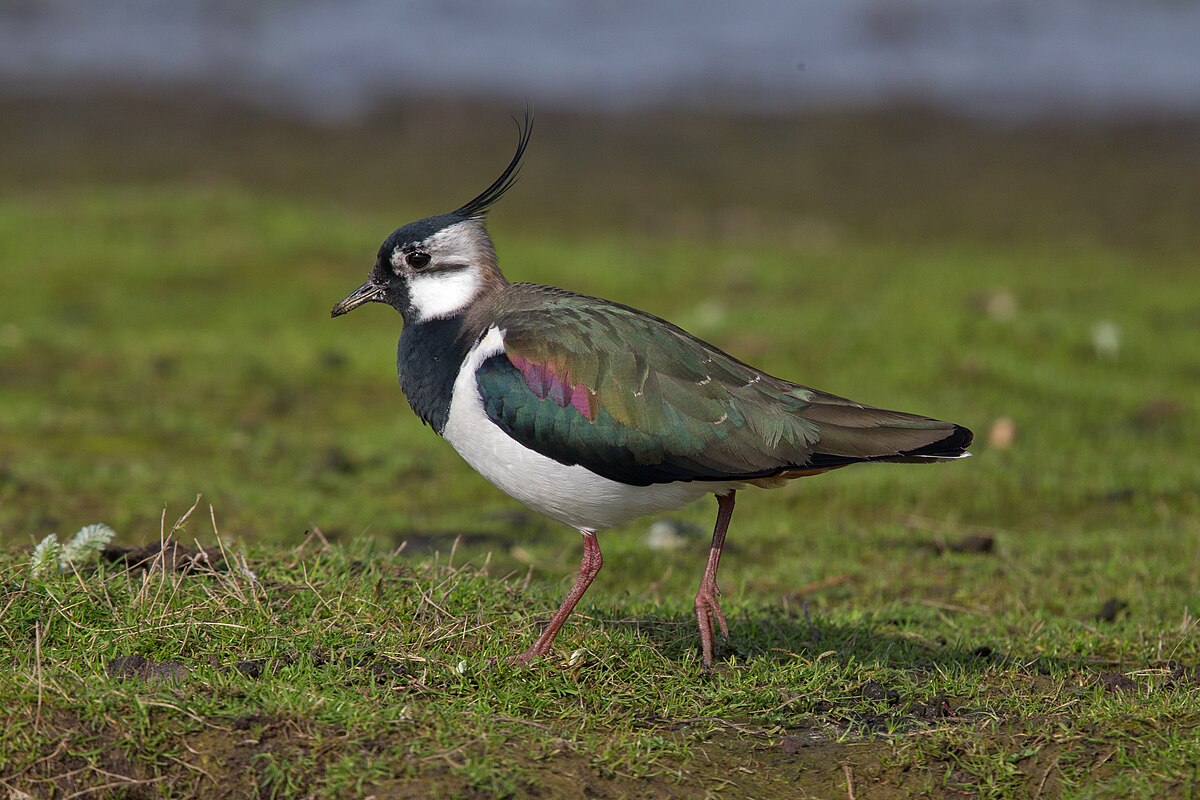
National plant: Shamrock (Trifolium spp.)

National instruments: Uilleann pipes

Bodhrán
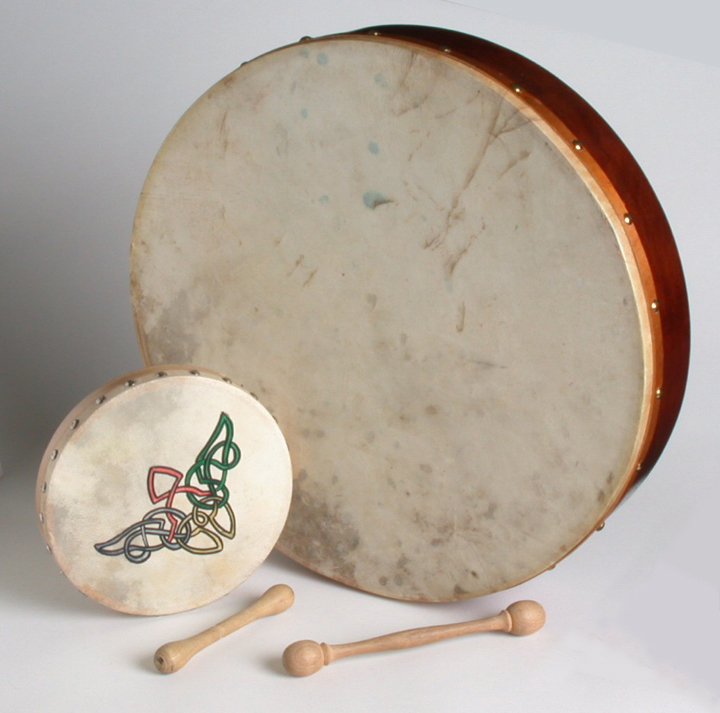

The significance of the 17th of March
The 17th of March, knows more commonly as St.Patrick’s Day is a religious and cultural celebration of the patron saint of Ireland, Saint Patrick, who lived between 385-461 AD and converted the people of the island to Christianity.
The holiday also has an official status in Northern Ireland, certain parts of Canada and Montserrat. While not being an official holiday in the US, St.Patrick’s Day is still widely celebrated there because of the large percentage of Americans with Irish heritage.
The holiday is celebrated with public parades and festivals, cèilidhs (which are a certain type of social gathering in Ireland and Scotland) and the wearing of green attire and shamrocks.
For an Irish person, this holiday is more commonly knows as St. Paddy’s Day.


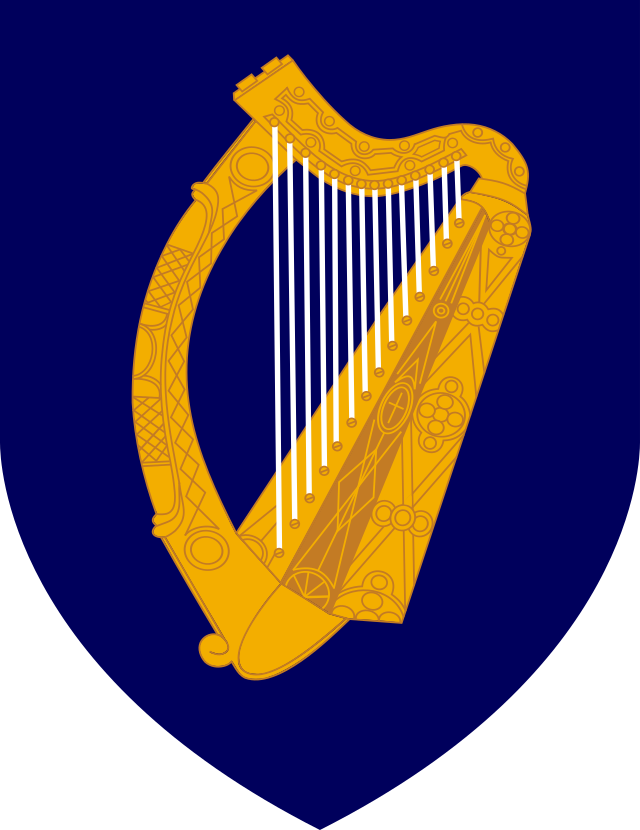

Time to talk about one of Ireland’s most famous cultural icon: the Leprechaun. While this is undoubtedly the most famous myth from this country, there are other interesting ones I would recommend you to read about, such as Fionn mac Cumhaill and Cú Chulainn.
According to fables, Leprechauns are tiny entities that normally take the form of an old man in a red or green coat. They are known to be mischievous little creatures that like to make shoes and store their gold coins in a pot of gold that is hidden at the end of a rainbow. If you happen to capture a Leprechaun, he will give you three wishes provided you let him go.

Most Leprechaun legends can be traced back to the 8th century tales of water spirits which were known as ‘luchorpán’ which means ‘small body’. It is said that these spirits merged with a household fairy and developed a penchant for heavy drinking so no cellar was safe! According to other researchers, the term Leprechaun actually comes from the Irish term ‘leath brogan’ which means shoemaker.
It is interesting to note that Leprechauns are often associated with wealth, particularly gold coins, but they are actually cobblers which you would hardly presume is a lucrative vocation! Nonetheless, the myth of the pot of gold persists and there are still people who go looking for this hidden treasure!

The Pot of Gold
This is the most common of all Leprechaun myths which says that they find gold coins buried in the earth and store them all in a pot which is hidden at the end of a rainbow. The fact that a rainbow doesn’t have a fixed spot or a real end should be discounted for the sake of the story!
Quite why Leprechauns even need gold is another matter entirely since they can’t actually spend it. Some researchers suggest that this gold is used as a means of tricking humans and given the Leprechauns’ propensity for trickery, this is entirely possible.
In most Irish folklore tales featuring the Leprechaun, he is depicted as a rogue who will deceive whenever he can. In rare cases where humans catch Leprechauns in tales, they are easily outsmarted by the magical creature that often uses a person’s greed against him. Unless you are an expert in all things Leprechaun, there are a few facts about the mystical trickster that may surprise you.

It is fair to say that many Irish people are irritated by the ethnic stereotypes perpetuated by Leprechauns but there is a tale of morality that can be taken from the fable of the Leprechaun. The fact that they often trick people who seek the pot of gold can be taken as a warning to people not to be invested in ‘get rich quick’ schemes.
Additionally, you should not look to take what isn’t yours nor should you interfere with things beyond your understanding. Ultimately, tales of the Leprechaun are not to be taken seriously and should only serve to amuse and delight us.

Fun facts about Leprechauns:
The modern day depiction of a Leprechaun is that of a man clad entirely in green. However, Irish folklore describes Leprechauns as men who wore red outfits and tri-cornered hats. Irish novelist Samuel Lover describes Leprechauns as such in his 1831 work Legends and Stories of Ireland.
According to Carolyn White’s A History of Irish Fairies, there is no record of any female Leprechauns existing. This of course means that Leprechauns defy typical laws of biology by surviving and there is no evidence which tells the story of how they breed. The aforementioned book says that Leprechauns are actually deformed children of the fairies.
Did you know that Leprechauns are actually a protected species under EU law? Carlingford’s Sliabh Foy Loop trail is officially protected land for the 236 Leprechauns that apparently live in Ireland. A local lobbyist group which contains Kevin Woods, a native of Carlingford, managed to convince the EU that the area should be protected and now it is under the European Habitats Directive.

Top 5 visited places by tourists
Ring of Kerry




The most popular scenic drive in Ireland, the Ring of Kerry is a more than 160 km long highway that runs along the coastline of the isle’s picturesque Iveragh Peninsula. Most visitors start and end their tour in the busy town of Killarney; savvy travelers choose the less-crowded pretty village of Kenmare as a base.
Sights along the Ring include Ireland’s tallest mountain Carrantuohill, several pristine lakes, a medieval monastery and the prehistoric Staigue Fort, which features thick stone walls constructed without mortar. Several seafront towns and resorts along the route boast sandy beaches, making them charming side destinations when the weather is warm.
Cliffs of Moher



No visit to Ireland is complete without spending some time enjoying the view from on a high cliff overlooking the Atlantic, and the Cliffs of Moher take this experience to breathtaking new heights.
Rising nearly 210 meters from the shoreline, the stretch of cliffs attracts almost one million visitors each year making it one of the most popular places to visit in Ireland. Understandably, access to the cliffs is restricted in windy weather. Boat tours offered at the pier in Doolin give visitors the opportunity to enjoy the cliffs from a different perspective.
Brú na Bóinne



Remnants from Ireland’s ancient past are found all over Ireland, but the Brú na Bóinne mounds in Boyne Valley are not to be missed. Three of the 5,000-year-old burial mounds have been fully excavated and are open to visitors: Newgrange, Knowth and Dowth.
With its carved granite boulders and white quartz façade, Newgrange is the most striking. A central passage leads to vaulted chambers where cremated remains and grave goods from at least five people were found. The mound of Knowth is best known for its 250 decorated stones, some of which appear to be local maps. There is no public access inside Dowth, but visitors can climb the mound to enjoy the view.
Killarney National Park




Located in southwest Ireland in County Kerry, the Killarney National Park was established in 1932 when the Muckross Estate was donated to the country. The Victorian Muckross House now serves as the park’s visitor center, and the estate’s extensive gardens are popular attractions in the park.
For many visitors, however, the park’s three lakes are the biggest draw. Populated by swans and otters and surrounded by forests inhabited by Ireland’s only native herd of red deer, boat trips on the lake offer encounters with wildlife as well as scenic views. A broad network of surfaced paths invites exploration by foot, bicycle or horse-drawn carriage.
Giant’s Causeway


Situated at the base of steep cliffs on the northeast coast of Ireland, the Giant’s Causeway is a natural rock formation that does indeed look as if it were fashioned by giants. The honeycomb formation of more than 37,000 hexagon-shaped basalt columns appears too geometrically perfect to have been shaped by nature.
It took 60 million years of tectonic plate movement, lava flows and erosion to fashion the stepping-stone columns into their present shape. Cliff-top trails offer great views of the rocks, and a flight of steps leads down to sea level. A nearby visitor center also offers walking tours and trips by van to the site.

Top 3 locations suggested by the locals
Mitchelstown Cave



Mitchelstown Cave is one of the largest and most complex cave systems in Ireland. On the guided tour you will follow ancient passageways and visit massive caverns in which you are surrounded by indescribable dripstone formations, stalactites, stalagmites and huge calcite pillars and one of Europe’s finest columns the inspiring “Tower of Babel” which stands some 9 meters in height. Don’t forget that you can always attend one of the cave concerts.
Dublin




The capital of Ireland, Dublin is home more than a third of the nation’s population. Unlike other major European cities, there’s a laid-back atmosphere in Dublin that makes it feel less like a metropolis and more like a small town. While there are plenty of cultural attractions to delight the most avid sightseer, unplanned rambles through the city can be just as rewarding.
Limerick




Limerick is a riverside city of modest size, and is Ireland's third most populated city. Limerick is situated in the heart of Ireland's beautiful Shannon Region. The city overlooks the majestic and historic King John's Castle which is perched on its Shannon river bank. A city of many contrasts, it has managed to successfully blend the modern with the historic. It offers many cultural attractions, including cinema, theatre, museums, concerts, walking tours, boat rides and a wide variety of sports amenities. There is the lively atmosphere in traditional pubs, discos and restaurants.

Inventions Ireland gave to the world!
*Boyle’s lawt!
*Robert Boyle, 1662.
Boyle's law is an experimental gas law that describes how the pressure of a gas tends to increase as the volume of the container decreases.
The mathematic equation is : PV =k
*P = presure of the gas, V = volume of the gas, k = a constant
While comparting 2 substances you have:

*Atom spliting resulting the Cockcroft–Walton generator!
*John Cockcroft and Earnest Walton(irish), 1932.

*1st modern submarine!
*John Philip Holland in 1897.
[img]https://image.prntscr.com/image/qjQVIQS4QbyGHV8VmRLX8w.pngg[/img]
*Ejection seat!
* Everard Calthorp, 1916

* Bacon Rasher!
* Henry Denny, 1820.


Famous people from Ireland
Oscar Wilde - was an Irish poet and playwright. After writing in different forms throughout the 1880s, he became one of London's most popular playwrights in the early 1890s. He is best remembered for his epigrams and plays, his novel The Picture of Dorian Gray, as well as the circumstances of his imprisonment and early death.
(1854-1900)
Bram Stoker - was an Irish author, best known today for his 1897 Gothic novel [/i]Dracula[/i]. During his lifetime, he was better known as the personal assistant of actor Henry Irving and business manager of the Lyceum Theatre in London, which Irving owned.
(1847-1912)
Bono - is an Irish singer-songwriter, musician, venture capitalist, businessman, and philanthropist. He is best known as the lead vocalist and primary lyricist of rock band U2.
(born 1960)
Michael Collins - was an Irish revolutionary, soldier and politician who was a leading figure in the early 20th century Irish struggle for independence. He was Chairman of the Provisional Government of the Irish Free State from January 1922 until his assassination in August 1922.
(1890-1922)
Colin Farrell - is an Irish actor, famous for his roles in Horrible Bosses, In Bruges, S.W.A.T, Minority Report, The Lobster, Fantastic Beasts and Where to Find Them and True Detective.
(born 1976)

Traditional food
Irish Stew

There are many versions of this dish, all of which are based on lamb and potatoes. This one is a hearty casserole. Good with a fresh green vegetable, such as kale or broccoli.
Beef and Guinness Stew

This version of Irish stew uses beef instead of lamb, and it also adds Guinness stout beer for its malty aroma and Irish authenticity.Good with dumplings or cobbler.
Colcannon

This is a very popular side dish made of mashed potatoes,cabbage or kale,scallions (green onions) and plenty of milk and butter. Salt and pepper for taste, of course.
Irish Soda Bread

Soda bread is a type of bread where instead of yeast, the leavening agent is sodium bicarbonate, otherwise knows as baking soda. This works in combination with one of the main ingredients, buttermilk, and forms bubbles of CO2.Some people also add egss,raisins or nuts.
Corned beef and cabbage

Corned beef is a type of beef preserved in salt brine, and is usually associated with Cork County, whose main industry used to be corning beef and exporting it to Europe.
Traditional desserts
Chocolate Guinness Cake

This tasty cake uses Guinness beer (unsurprisingly) in the batter to provide an unique taste. It is usually topped with Jameson cream or cream cheese frosting.
Mudslide Cheesecake

It truly doesn't get more Irish than this cheesecake, which is made with Baileys Irish Cream, Kahlua liqueur, and vodka. Don't worry, you won't taste the alcohol, just the sweet creamy cheesecake.
Irish Coffee Cupcakes

Your favorite cozy Irish drink gets a new twist in this amazing cupcake, flavored with espresso and brown sugar.
Porter Cake

The name comes from the fact that the cake uses a porter beer in its recipe, such as Beamish or Murphy’s. It is a deliciously moist and sweet fruitcake.
Traditional drinks
Guinness

Irish Coffee


Interesting facts about Ireland
1.Ireland is known as the Emerald Isle, this is because of its lush greenery and rolling hills. The country receives a lot of rain each year, which keeps the grass green and the plants blooming.
2.Ireland is known throughout the world for its vast amount of castles. Ireland’s history is dotted with wars and violence, so castles were built to protect families from invaders. Today, most of the castles are still standing and some can even be visited by tourists.
3.Irish weddings are elegant and large celebrations. Grooms dress in kilts that signify their family’s clan, while brides dress in white to signify their purity. Family members travel far and wide to attend weddings, and the receptions are always massive celebrations involving beer and music.
4.Guinness Beer is widely popular in Ireland. It first originated in the country, and can be found throughout the country in Pubs and grocery stores.
5.The country has had a high birthrate for the last 50 years, and because of that, Ireland has one of the youngest populations in the world.
6.The Irish famine in the 1840s led to a population decline of two million people because of emmigration and starvation.
7.Hook Lighthouse is believed to be the oldest working lighthouse in Europe and possibly even the world.
8.The Royal Cork Yacht Club is the oldest in the world and originally began in Ireland.
9.Ireland is home to what could possibly be the oldest pub in the world. It was opened in 900AD.
10. Some Irish surnames begin with "O." This translates to "grandson of" in Gaelic.

My 5 words when I hear about Irelan
😛
#Guiness,#Celtic,#Pub,#Rugby,#Green
What are your 5?

Special thanks to Winston Hope Smith and T1nk3r a message from them:
From Winston Hope Smith:
From T1nk3r:
May the roof over your head be always strong.
And may you be in heaven
half an hour before the devil knows you're dead.
I leave you with a Irishmeme:

Waiting for feedback , comments , opinions and if there is anyone that thinks I missed something , I could do something better or just wants to help me with this project , PM me !
Special thanks to Kariky for the spacers !!
Hope you enjoyed and see you next time!
P.S. Article 41/74!









































P.S.2. Don't forget to push the flags !


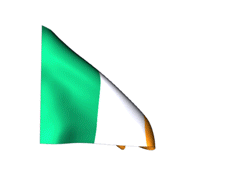
Comments
o7
Happy National Day Ireland! ❤ 💚 ☘ 🇮🇪 🇭🇷 ☘ 💚 ❤
Happy National Day Ireland! ❤ 💚 ☘ 🇮🇪 🇭🇷 ☘ 💚 ❤
Vote
Happy National Day Ireland!
Great article! Thank you!!!
Tiocfaidh ar la, Erin go bragh...
English pls 🙂
Riamh a thabhairt suas🙂
o7
Cheers!
Happy National Day Ireland
o/
Happy National Day Ireland
https://youtu.be/3Cvv237khg8
Long live the Irish whiskey! o/
Happy National Day Ireland and thanks for the education!
My 5 words are:
Grandmother, shamrock, green everything, beer, pipes.
Thank you!
May your glass be ever full.
May the roof over your head be always strong.
And may you be in heaven
half an hour before the devil knows you're dead! ~(^-^)~
Yea.. that was so great to hear
V!!
Great article
And today Ireland won the Grand Slam in Rugby. 🤩🤩🤩
Yea , I saw the match againts England ..nice win
in the six nations 😛
o7
o10...
Nice
Happy National Day Ireland. Greetings from Serbia o7
https://youtu.be/HEt2XdN_TbQ
Happy national day to Eire!"❤" 💚 ☘
Happy National Day Ireland!
Happy National Day, Ireland!!
Happy National Day Ireland
Happy National Day Ireland!
v+s+e
Ring of Kerry! Ohhyeah, yeah!
Glengarriff Bamboo park?
Love the Irish culture!
Hail Ireland!
Happy National Day
congratulation for the grand slam and happy national day
Happy National Day Ireland !!
о/
Wonderful article! Happy St Patrick's!
Happy National Day Ireland!